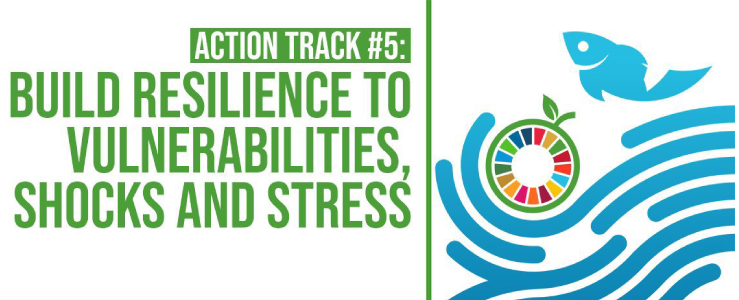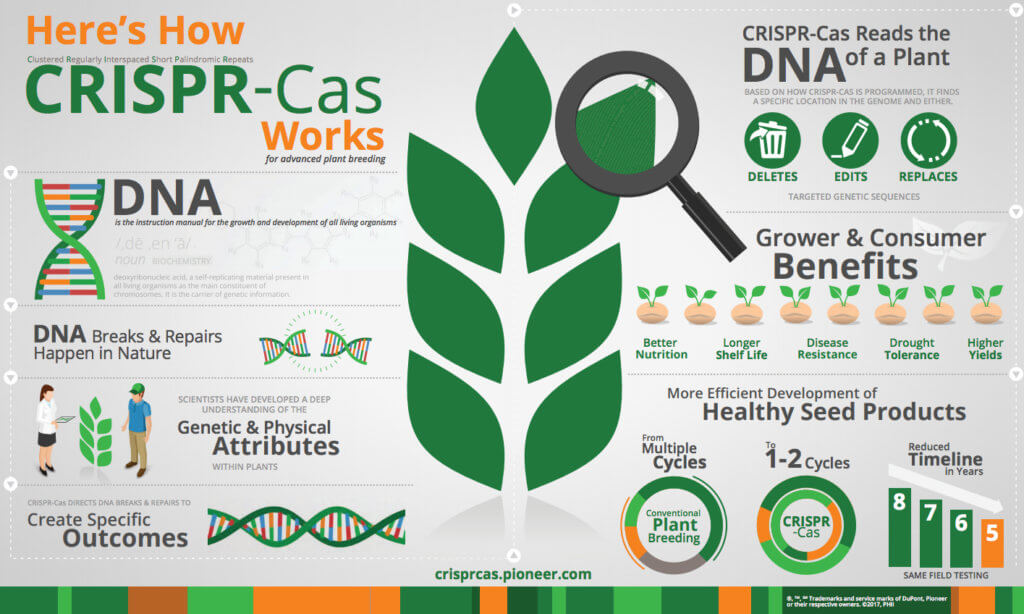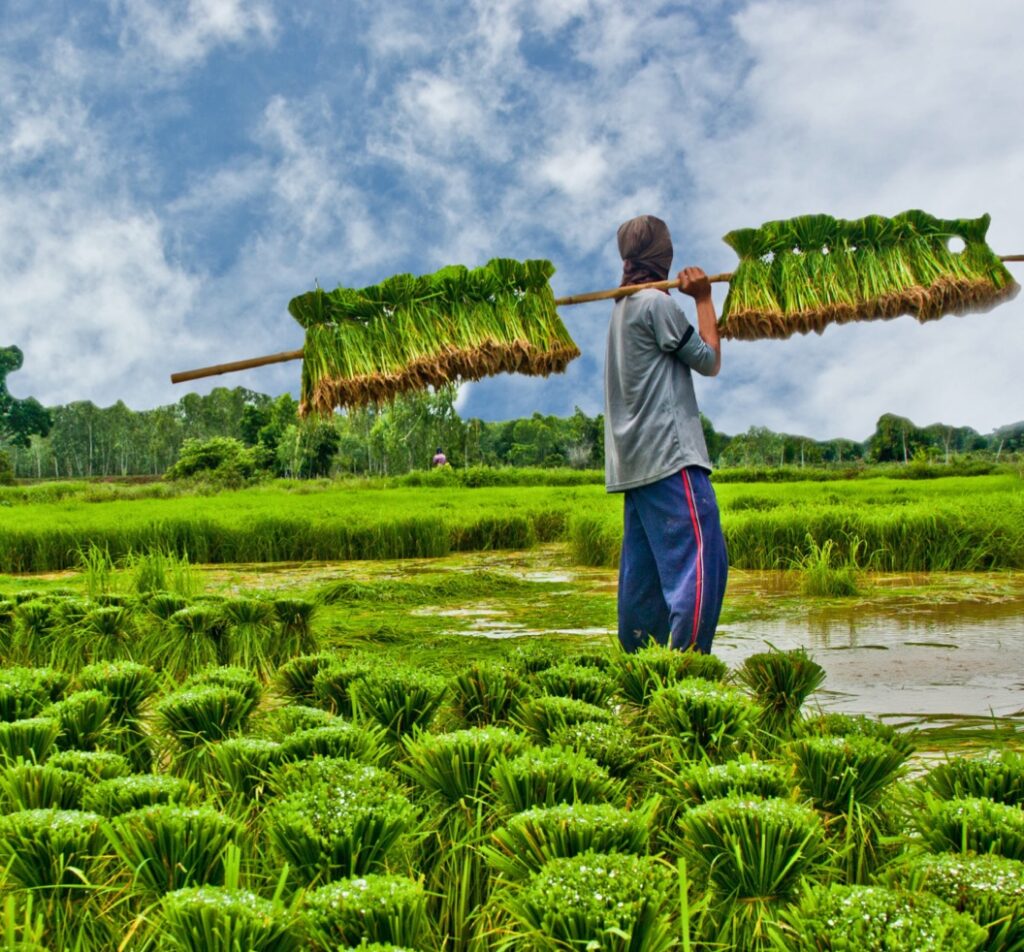Food Systems Summit 2021
The United Nations’ 2021 Food Systems Summit will address food systems and security concerns in relation to its Sustainable Development Goals. Its purpose is to draw attention to food systems, and develop actions and solutions to create transformations within the food chain in light of the changing climate. This summit is framed around a global pandemic, which has seriously impacted food systems and uncovered the need for change.

Particularly important is the Summit’s Action Track 5 goal, building resilience to vulnerabilities, shocks, and stress. The COVID-19 pandemic has exacerbated vulnerabilities and exposed the impact a stressor can have globally. For food systems to be better equipped for these shocks, they must become more circular and resilient socially, economically, and environmentally. Differentiating between and addressing chronic and acute needs in an emergency response is imperative to the success of this Action Track. Additionally, every region is unique in its weather, politics, and economic stability emphasizing the importance of a context-specific approach. Action Track 5 stresses the need for accessing and providing food security for everyone while strengthening responses to crises like pandemics and instability for the food system.
Gene editing is a promising innovation that can lead to the creation of stronger, more resilient crop species that can withstand climate change events and help achieve Action Track 5 goals. Climate change is causing an increase in the occurrence of pests and diseases, which threaten the stability of crop production. Rice, a staple crop consumed by three billion people each day, is at risk. By 2050, it is expected that there will be a need to increase its production by 100 million tons. Gene editing, like the CRISPR/Cas9 (Clustered Regularly Interspaced Short Palindromic Repeats and CRISPR-Associated Protein 9), is a technique that alters DNA allowing species to become more resilient to certain shocks in a system.

Rice blast, a disease caused by the fungus Magnaporthe oryzae, is considered one of the most consequential worldwide because of its prevalence in at least 85 countries and its ability to demolish grain crops (Crop Life International, 2019). Annually, rice blast causes a loss of rice that could have fed 60 million people and a loss of approximately 66 billion USD (Crop Life International, 2019). Due to the fast-spreading nature of this fungus, it is difficult for farmers to prevent and combat the disease. As the demand for rice crops is expected to increase, biotechnology is a promising solution to rice blast disease particularly because of emerging resistant to fungicides. Rice was the first crop to have its genome entirely sequenced, which allows scientists to note the locations and functions of each gene to target. CRISPR/Cas9 has been used in trials to disrupt/silence a specific gene in rice which allows the plant to develop natural protection against the fungus. The success of this innovation would provide a reliable method to build resilience against stresses and shocks by creating crop species resistance to disease, pests, drought, heat, and other surprises and is a plausible solution to achieve widespread food security.

References
United Nations. (2020). Action Track 5 – Build Resilience to Vulnerabilities, Shocks and Stresses. https://www.un.org/sites/un2.un.org/files/unfss-at5-discussion_starter-dec2020.pdf
Crop Life International. (2019). Rice and Gene Editing: Defending Against Rice Blast Disease. https://croplife.org/wp-content/uploads/2019/12/CRP17043_CaseStudy_Rice_FINAL.pdf
